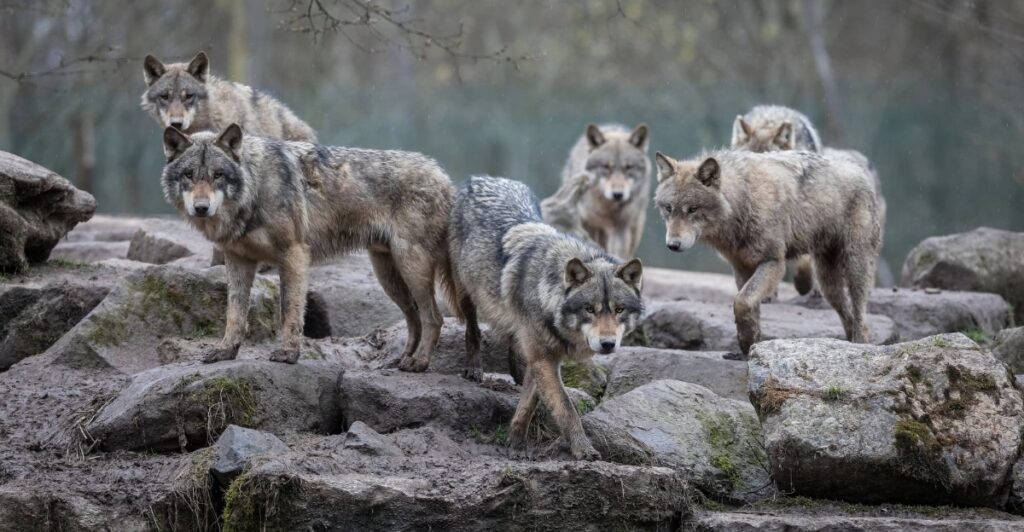
In 1995, Yellowstone National Park decided to reintroduce wolves. Fourteen wolves were released into the park after being gone for nearly 70 years. Their presence quickly started something amazing in the ecosystem, reviving plants, animals, and rivers.
The Disappearance of Wolves

In the early 20th century, wolves were removed entirely from Yellowstone due to hunting and government programs. Yellowstone. Without them, the balance of the ecosystem wasn’t what it used to be. Elk populations skyrocketed, overgrazing plants and harming habitats for other animals, leaving Yellowstone struggling to maintain its natural beauty.
Reintroducing Wolves
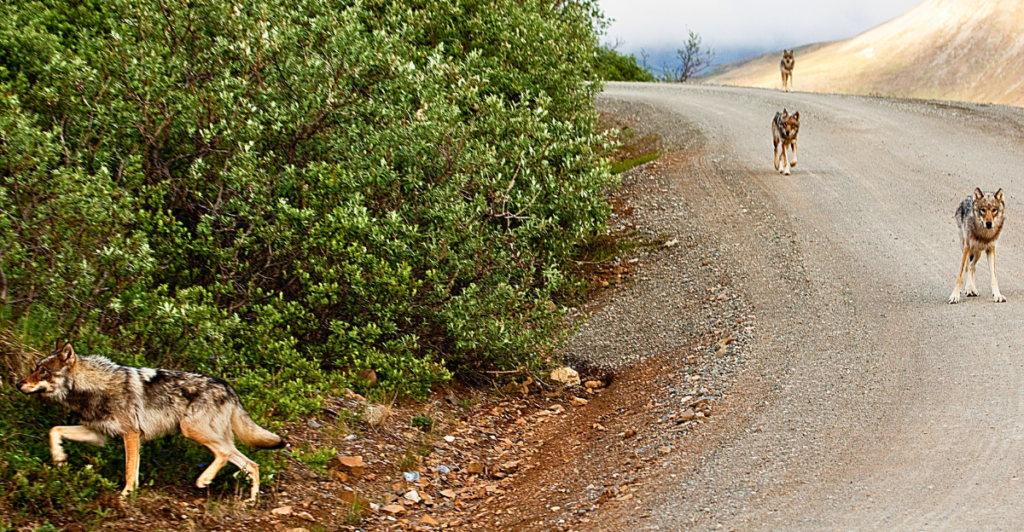
By the 1990s, ecologists realized Yellowstone’s ecosystem suffered without its top predator. Wolves play a vital role as “keystone species,” which means their presence supports many other plants and animals. Restoring wolves could help rebalance the park’s struggling environment.
14 Wolves
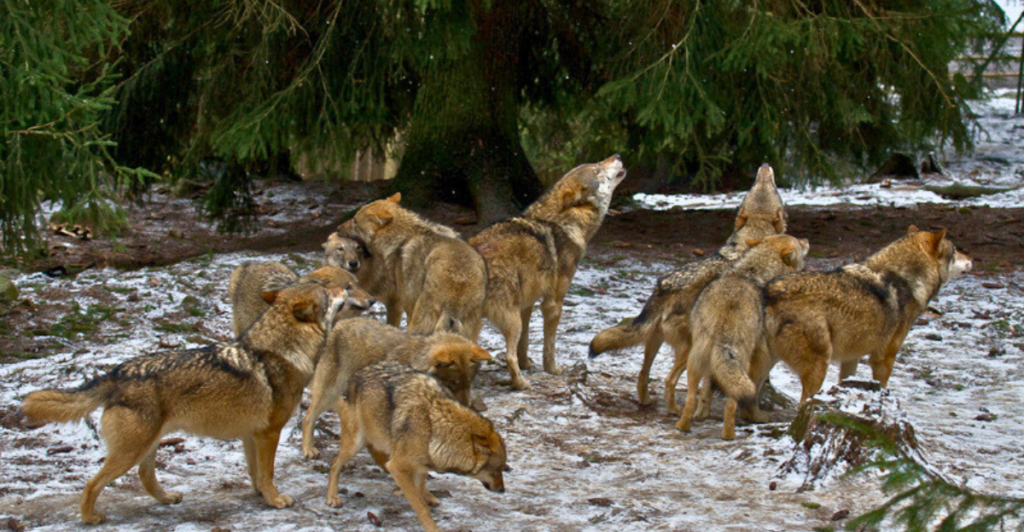
In 1995, 14 gray wolves were brought from Canada to Yellowstone. They were carefully monitored as they settled into the park. Despite the small group, they were up to the difficult task and created ripple effects that would crestoreYellowstone’s ecosystem to its former state.
Impact on Elk Populations

Elk were overpopulated, eating too many plants and damaging habitats. With wolves back, elk had to stay alert and move around more. This reduced overgrazing, allowing plants like willow and aspen to recover.
Vegetation
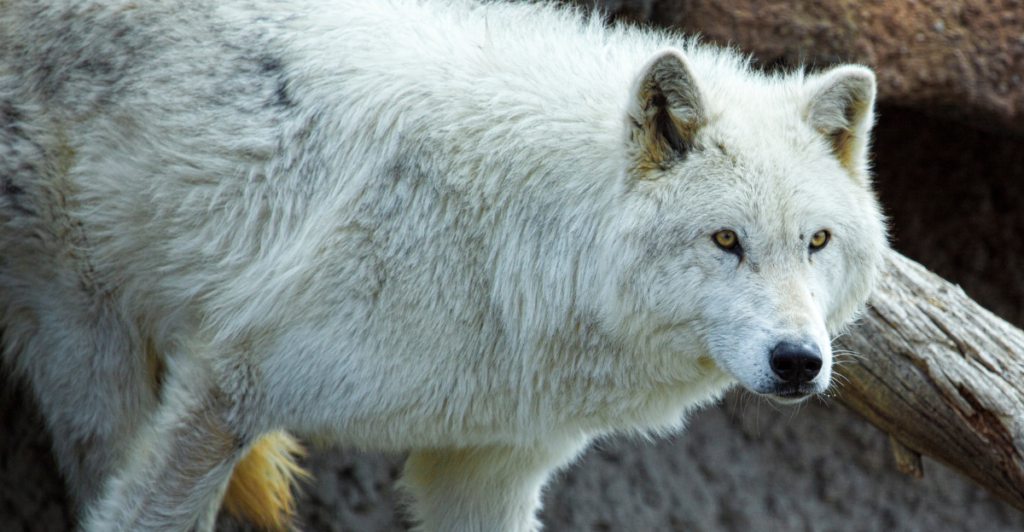
As the wolves reduced elk populations, trees and shrubs began to grow again. Willows, aspen, and cottonwoods steadily came . This plant growth provided shelter and food for other animals, like birds, beavers, and insects, helping the ecosystem recover.
Beavers Play Their Part

With more trees and shrubs available, beaver populations rose, creating a domino effect. The beavers built dams, which created wetlands and slow rivers. With these new environments, fish, amphibians, and water birds returned.
Predator and Prey Balance

Wolves didn’t just target elk; they also preyed on other species like coyotes. With more coyotes being culled, smaller animals like foxes, rabbits, and rodents began to rise in population again.
River Transformation
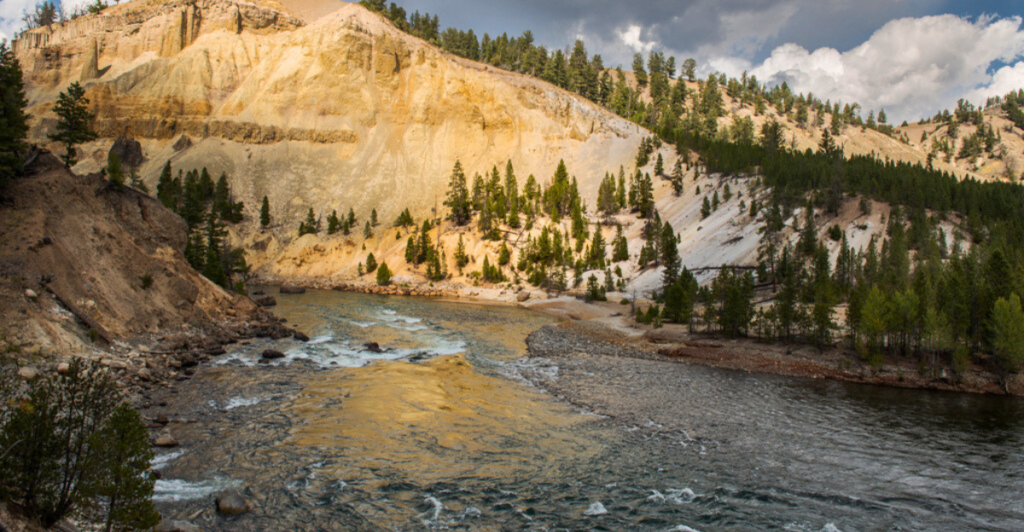
With less grazing and more plants, Yellowtone’s riverbanks started reducing erosion. Rivers flowed more naturally, supporting healthier habitats for fish, amphibians, and insects, whose numbers thrived.
Birdlife Thrives
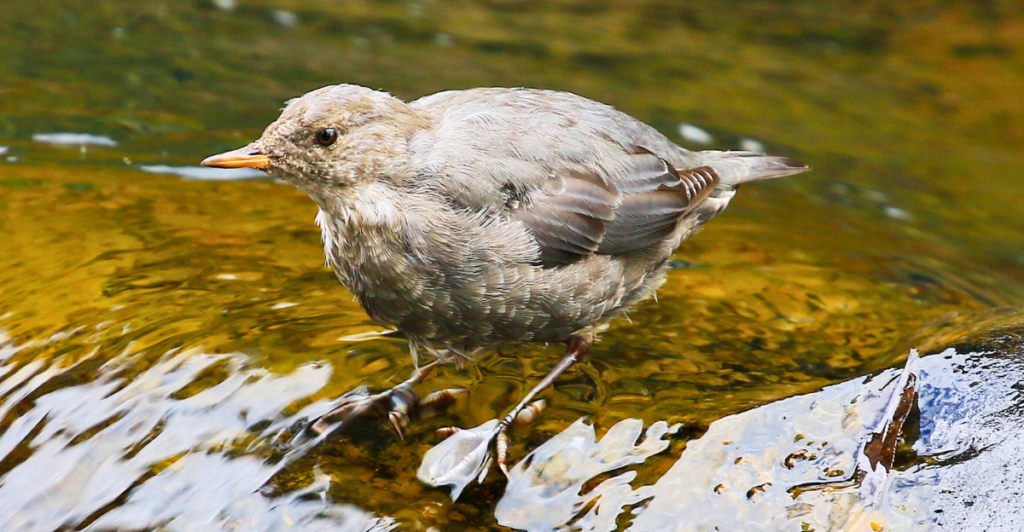
New vegetation and wetlands created ideal conditions for bird species. Songbirds and waterfowl populations grew. It was a paradise for eagles and hawks, who started feeding on the smaller animals that were more abundant thanks to the wolves’ balancing effect.
Tourism Benefits
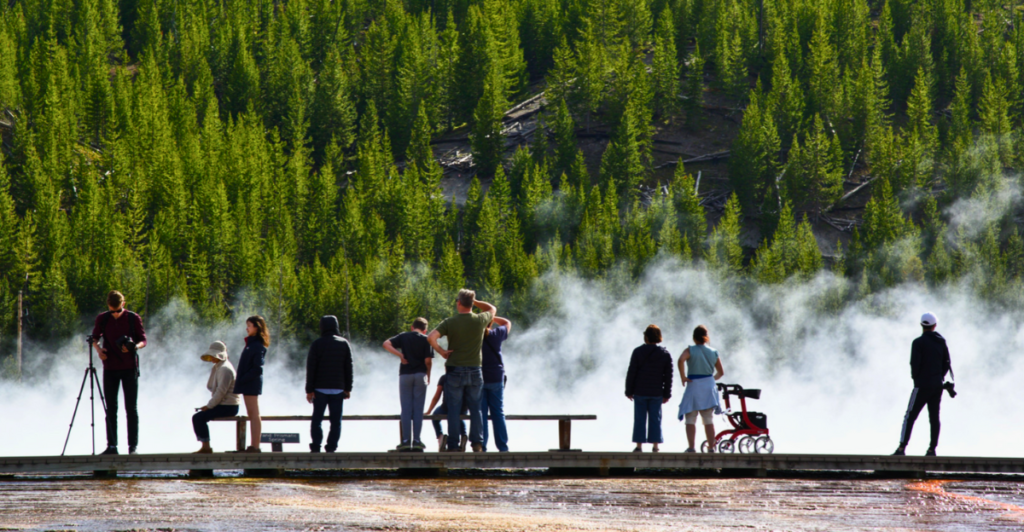
The wolves’ reintroduction also drew tourists to Yellowstone. Visitors came to see these wolves in their natural environment. The wolves’ role in restoring the park became a success story that inspired people worldwide.
Lessons Learned

Yellowstone’s story highlights the importance of predators in maintaining healthy ecosystems. The wolves’ impact showed how interconnected nature is, where every species plays a role. This reintroduction project became a model for other conservation efforts around the world.
Bringing Life Back To The Park

The return of 14 wolves to Yellowstone sparked a chain reaction that brought life back to the park. From restoring vegetation to reshaping rivers, these wolves proved how nature can heal when given a chance. Their story reminds us of the power of balance in the natural world.
Source:
Stay connected with us for more stories like this! Follow us to get the latest updates or hit the Follow button at the top of this article, and let us know what you think by leaving your feedback below. We’d love to hear from you!
More Like This
Top 10 Little-Known Facts About Wolves – How Many Did You Know Already?
Bobcats and Wolves: Guardians of America’s Forests
Wolves Still Roam In These States in 2024—Is Yours On The List?







